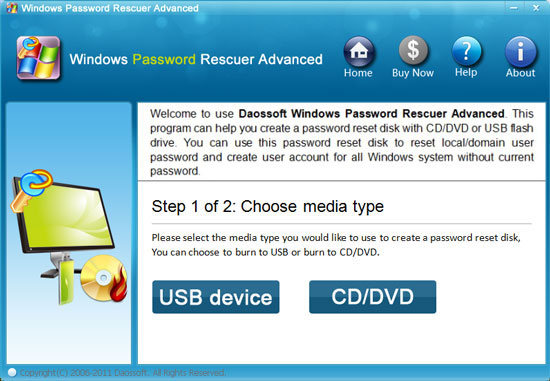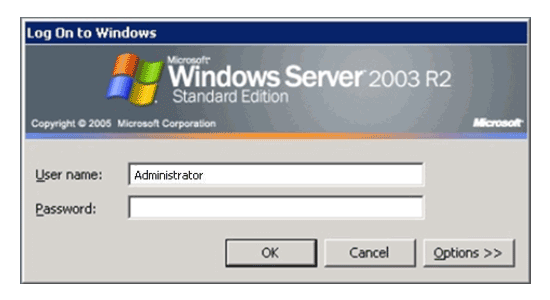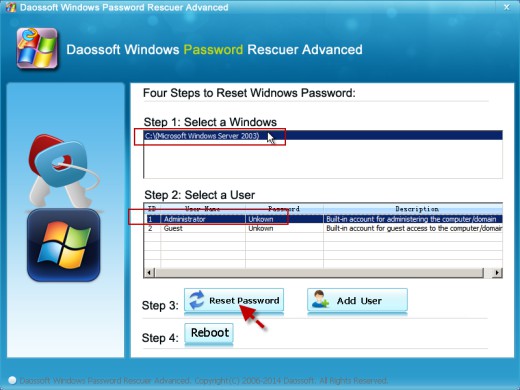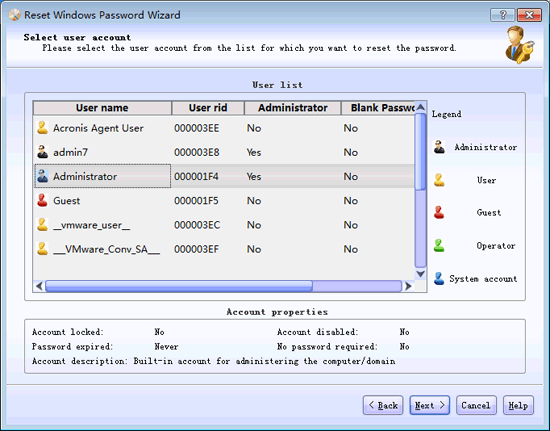Forums Microsoft Windows Windows XP / Older OS Restore Windows Update for Windows XP / Server 2003 Discussion in ' Windows XP / Older OS ' started by danielk, Oct 21, 2020. How do I restore Windows 2003 server I am having some problem with the software and want to restore my server in previous state. Can anybody helpme and provide me the solute for this. This thread is locked. You can follow the question or vote as helpful, but you cannot reply to this thread. In certain circumstances, Windows Small Business Server (SBS) 2003 may lose track of the number of client access licenses (CALs) that have been installed on the server. This can happen as a result of corruption in the license store, for example. When this occurs, the server will indicate that only five CALs (the default number) have been installed. If the server ever fails, you simply restart with the Windows Server 2003 CD-ROM and select the option to perform an Automated System Recovery. The process uses the list of files on the ASR disk to restore standard drivers and files from the original Widows Server 2003 CD-ROM and will restore remaining files from the ASR backup set. Video game emulator download pc free.
- How To Recover Windows 2003 Server Osfxfasr Windows 10
- How To Recover Windows 2003 Server Osfxfasr 32-bit
- How To Recover Windows 10
The Recovery Console is a text-mode command interpreter that allows you access to the hard disk of a computer running Windows Server 2003 for basic troubleshooting and system maintenance. It is particularly useful when the operating system cannot be started because the Recovery Console can be used to run diagnostics, disable drivers and services, replace files, and perform other targeted recovery procedures.
Installing the Recovery Console
You can start the Recovery Console by booting with the Windows Server 2003 CD-ROM and, when prompted, pressing R to choose the repair and recover option. However, when a system is down you will typically want to recover the system as quickly as possible, and you might not want to waste time hunting down a copy of the CD-ROM or waiting for the laboriously long restart process. Therefore, it is recommended to proactively install the Recovery Console.
To install the Recovery Console, insert the Windows Server 2003 CD-ROM and type cd-drive:i386winnt32 /cmdcons on the command line. The Setup Wizard will install the 8-MB console in a hidden folder called Cmdcons and will modify the boot.ini file to provide the Recovery Console as a startup option during the boot process.
Removing the Recovery Console
If you ever decide to remove the Recovery Console, you must delete files and folders that are 'super hidden.' From Windows Explorer, choose the Folder Options command from the Tools menu. Click the View tab, select Show Hidden Files and Folders, clear Hide Protected Operating System Files, click OK and, if you are prompted with a warning about displaying protected system files, click Yes.
Then, delete the Cmdcons folder and the Cmldr file, each of which are located in the root of the system drive. You must next remove the Recovery Console startup option from Boot.ini. Open System from Control Panel, click the Advanced tab, click the Settings button in the Startup And Recovery frame, and then, in the Startup And Recovery dialog box, under System startup, select Edit. Boot.ini will display in Notepad. Remove the entry for the Recovery Console, which will look something like this:
c:cmdconsbootsect.dat='Microsoft Windows Recovery Console' /cmdcons
Save the file and close Boot.ini.
Using the Recovery Console
After you have installed the Recovery Console, you can boot the system and select Microsoft Windows Recovery Console from the startup menu. If the console was not installed or cannot be launched successfully, you can restart using the Windows Server 2003 CD-ROM and, at the Welcome To Setup screen, press R to select Repair. The loading takes significantly longer from the CD-ROM, but the resulting Recovery Console is identical to that installed on the local system.
Once the Recovery Console has started, as shown in Figure 13-3, you will be prompted to select the installation of Windows to which you wish to log on. You will then be asked to enter the Administrator password. You must use the password assigned to the local Administrator account, which, on a domain controller, is the password configured on the Directory Services Restore Mode Password page of the Active Directory Installation Wizard.

licrosoft U in do us < Ft > Recovery Console.

he Recovery Console provides system repair and recovery functionality, ype EXIT to quit the Recovery Console and restart the computer.
hich Windows installation would you like to log onto
To cancel, press ENTER)? 1
ype the Administrator password: m

Figure 13-3 The Recovery Console
You can type help at the console prompt to list the commands available in the Recovery Console, and help command name for information about a specific command. Most are familiar commands from the standard command-line environment. Several of the commands deserve particular attention.
■ Listsvc Displays the services and drivers that are listed in the registry as well as their startup settings. This is a useful way to discover the short name for a service or driver before using the Enable and Disable commands.
■ Enable/Disable Controls the startup status of a service or driver. If a service or driver is preventing the operating system from starting successfully, use the Recovery Console's Disable command to disable the component: Then restart the system and repair or uninstall the component.
■ Diskpart Provides the opportunity to create and delete partitions using an interface similar to that of the text-based portion of Setup. You can then use the Format command to configure a file system for a partition.
■ Bootcfg Enables you to manage the startup menu.
The Recovery Console has several limitations imposed for security purposes. These limitations can be modified using a combination of policies (located in the Computer Configuration, Windows Settings, Security Settings, Local Policies, Security Options node of the Local Computer Policy console) and Recovery Console environment variables.

How To Recover Windows 2003 Server Osfxfasr Windows 10
■ Directory access You can view files in the root directory, in %Windir%o and in the Cmdcons folder. Disable this limitation by setting the policy Allow Floppy Copy And Access To All Drives And All Folders and using the command set AllowAllPaths = true. Be sure to include the space on either side of the equal sign when typing the set command.
■ File copy You can copy files only to the local hard disk, not from it. Use the policy mentioned above and the command set AllowRemovableMedia = true. Be sure to include the space on either side of the equal sign when typing the set command.
■ Wild cards You cannot use wildcards such as the asterisk to delete files. Implement the policy mentioned above, and then, in the Recovery Console, type the command set AllowWildCards = true. Be sure to include the space on either side of the equal sign when typing the set command.
Emergency Management Services
The recovery features discussed so far in this chapter assume that you either have a functioning network connection to the server or have physical access to the server so that you can log on locally. When you are unable to use local logon or a network connection to manage a server, Emergency Management Services (EMS), a new feature in Microsoft Windows Server 2003, supports remote management and system recovery. By using EMS, you can remotely recover an unresponsive server or even power a server off and on. EMS also supports 'headless servers'—those without a local keyboard, monitor, or mouse. EMS has strict requirements for Windows Server 2003, the management client, and the server's hardware and firmware. For more information, visit the Microsoft Web site at http://www.microsoft.com and search for 'Emergency Management Services.'
By installing, configuring, and managing a server, you can significantly reduce the likelihood of failure. But should a server hiccup, the troubleshooting concepts and skills covered in this book will equip you to diagnose and resolve the problem. Even in the case of significant failure, system backup, ASR, the Recovery Console, and EMS enable you to restore a server to operation.
How To Recover Windows 2003 Server Osfxfasr 32-bit
Continue reading here: Practice Recovering from System Failure
How To Recover Windows 10
Was this article helpful? Need for speed shiftall softwares.
